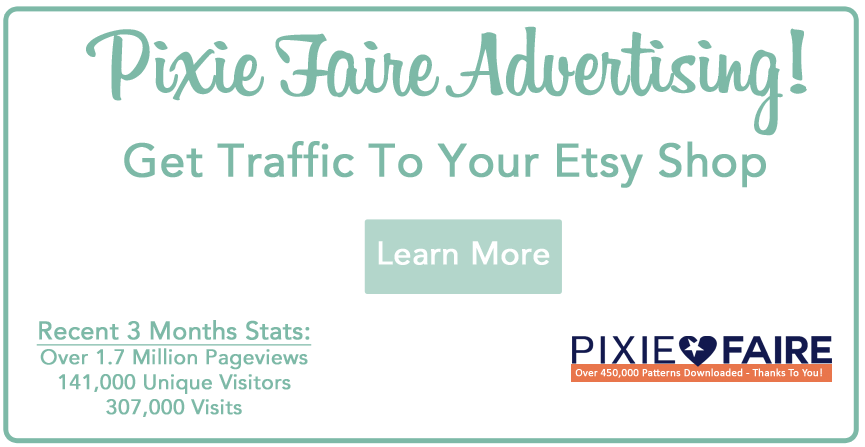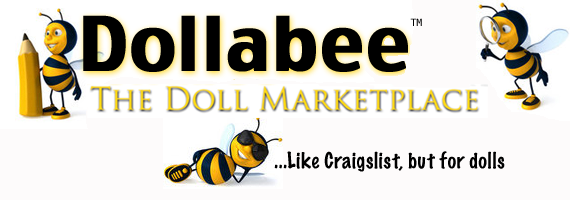 Hi everyone,
Hi everyone,
Let’s talk branding! This is something I’m super passionate about, so if you ever have any questions, comment below and we can chat about your issues. In this article I’ll outline 10 techniques you’ve got to know about. Here are my top 10 branding building techniques.
1. Unique. When choosing a potential name consider using your name, (or a unique proper name), that when Googled, doesn’t have too many similar results, if any. In other words, choose something unique, and use Google to confirm it. It’s not impossible. Keep trying. If you fail to do this, you’ll be sorry. Wouldn’t you be horrified if you found out later your fun new name was already associated with something yucky, or gross, or morbid, or totally inappropriate. Finding a unique name is rule #1. The best book resource for this topic is Branding for Profit (Audio Business Course) by Trump University, (please don’t hate me, leave political comments, or get upset, just trust me when I tell you that this is the best resource I’ve ever found on this topic – and no – Trump isn’t even the instructor, it’s an amazing marketer named Jon Ward).
by Trump University, (please don’t hate me, leave political comments, or get upset, just trust me when I tell you that this is the best resource I’ve ever found on this topic – and no – Trump isn’t even the instructor, it’s an amazing marketer named Jon Ward).
2. Abstract. If you’re not going to use a proper name, then instead of trying to be ‘cute’, go for something rather meaningless. (Example Nike). This is counter-intuitive, but you don’t want a brand name to have very much mental or emotional ‘baggage’ when you start your business. That way you can convey the deep meaning of your brand elements over time, and in peoples minds those elements will become the prominant memory, instead of any built in implications. If you use generic words, it’s like trying to stake a claim on a spot in your prospects mind that they’ve already assigned to someone else. You cannot have it. Think unique, like, “Smith & Hawken” or “Nike”. The 22 Immutable Laws of Branding is the best book I’ve found on this topic. This is what we did when we worked to create Pixie Faire! Avoiding generic or pre-positioned words is rule #2.
is the best book I’ve found on this topic. This is what we did when we worked to create Pixie Faire! Avoiding generic or pre-positioned words is rule #2.
3. Avoid using the category as a default portion of your name. “so and so Doll Clothes”. If you use that name, you’ve used 2 generic words in your name, and you want to avoid generic words because they’ll never be associated with you. You cannot have them in your prospects minds, they are permanently muddled. They are associated with the concept, or the category. Not good. As a side note, lots of the mommy coupon bloggers are getting this all wrong right now. They are tacking on the category words in the hope that they’ll be remembered, but just the opposite happens. The entire category is growing, and some will be winners, but it will probably be the ones with the strongest brands. For example, as I’m trying to think of an example right now, the one that comes to mind is (uniquely named) “Northern Cheapskate”. No “Mommy” or “Coupon” anywhere in there. And that is part of why I remembered it. The best book about this is Positioning by Al Reis and Jack Trout. Positioning: The Battle for Your Mind . Avoid the category words is rule #3.
. Avoid the category words is rule #3.
4. Create deep meaning. Don’t just choose a name. Choose a name that conveys attributes that are helpful to your cause. Attributes that reinforce what you’re trying to convey to the world. Nike means champion. That’s cool, right?! “Northern Cheapskate” makes it sound like the writers aren’t New Yorkers or from La La Land. They must be from someplace cold, harsh, rural, and frugal. Deep meaning. When we were brainstorming the name for our little company, we knew that it needed to relate to American Girl in some way. We kicked around lots of names, then realized our daughters name fit perfectly, (at least we think it does). It conveys americana. It does that because she was born around 9-11, and we were feeling particularly patriotic back then, and we deliberately chose a name that felt ‘American’ when we named her. In fact, we considered naming her ‘America’ at the time. Years later, we were looking for a good brand name to support the American Girl ecosystem and the stars aligned around “Liberty Jane”. Deep meaning. Harry Beckwith has great information on this in Selling the Invisible: A Field Guide to Modern Marketing . Rule #4 is – keep thinking until you find a name that accomplishes rules 1,2, and 3, but also allows for deep meaning.
. Rule #4 is – keep thinking until you find a name that accomplishes rules 1,2, and 3, but also allows for deep meaning.
5. Clarify your brand attributes. What do you want people to remember about you? Boil it down. Boil it down to like 1 word. Then try to have that word reinforced by everything you do. But here is the critical part… the attribute must be available right now in the minds of the consumer. It can’t just be what you want to ‘be’ it has to be what your customer can appreciate, recall, and attach to your brand. Ideally what they want and cannot find. Our words are ‘trendy’ & ‘exclusive’. It’s our guiding light. Brand attributes don’t just say what you ARE about, they also say what you AREN’T about. If we’re trendy and exlusive, how could we compete on price, or sell on Amazon? Nope, not exclusive enough. If we’re trendy, how can we do historical outfits? Nope, not trendy enough. Al Reis’ classic book does a deep dive into this issue – Focus: The Future of Your Company Depends on It . Rule #5 is clarify your brand attribute and reinforce it in everything you do.
. Rule #5 is clarify your brand attribute and reinforce it in everything you do.
6. You can always own a niche if you go small enough. If you’re still reading this, and you’re thinking, but all the good attributes are taken, then there is one simple trick you need to consider – think narrow and deep. In every category, (as you search on Amazon or Ebay for example), there are category leaders. But part of the power of internet marketing is that if you want to own a single attribute, and become known for it, there is almost endless open territory available for a good solid brand. This is so incredibly true, we’ve listed a few business ideas we don’t have time to do, but you could easily dominate under ‘cinnamon’s updates. The most interesting new thinking on this issue that I’ve found is from author and video blogger, Gary Vaynerchuk in Crush It!: Why NOW Is the Time to Cash In on Your Passion . Rule #6 is niche thyself.
. Rule #6 is niche thyself.
7. Your biggest brand attribute is your price. New custumers have an amazing sorting function in their brain, and the first filter is price. You will either be thrown into the expensive or inexpensive bucket. It doesn’t matter if you don’t like it, that’s how it works. Companies spend millions of dollars trying to manage their way aroud this, or convey deeper attributes of their brand, but most successful brands are very clear about this fundamental issue. They’ve chosen to go either high or low. Staying in the middle is a hard place to live as a brand. If you want to go deep on this issue, the best new book is Priceless: The Myth of Fair Value (and How to Take Advantage of It) . It’s amazing. Rule #7 is choose high or low, and stick with it. (And as a word of encouragement, if you’re making items at home, think long and hard before choosing low.)
. It’s amazing. Rule #7 is choose high or low, and stick with it. (And as a word of encouragement, if you’re making items at home, think long and hard before choosing low.)
8. Be real. If you’re going to be an exclusive hand-crafted artisan, then don’t act bigger than you are, or overly corporate. People buy from people. Your brand, after getting a high or low price tag in the minds of prospects, will get a ‘cool’ or ‘uncool’ tag. And the single most important element in getting a ‘cool’ vote is authenticity. Be authentic. Tell your story. Have a really nice picture taken. Present yourself in the best light possible, (both for the picture and the overall message). You don’t have to be young and pretty to be considered cool. Just be yourself. The important part to understand here is that once people see your brand, and answer the ‘high’ or ‘low’ question, then they’ll start to judge you on the merits of what you’ve presented, and they’ll quickly make a determination about whether you’re ‘cool’ or ‘uncool’. In ‘Focus’ Al Reis and Jack Trout say that
“somewhere in the corner of the prospects brain there is a penalty box for brands they decide are loosers”.
Don’t be in that box. Rule #8 is be authentic, it’s cool. My favorite business book of all time has a great section on this. It’s Growing a Business by Paul Hawken, the founder of Smith & Hawken. It’s pre-internet, but so solid, it’s a must read for anyone interested in starting a successful business.
by Paul Hawken, the founder of Smith & Hawken. It’s pre-internet, but so solid, it’s a must read for anyone interested in starting a successful business.
9. Polish it up. Now days, there is no reason you can’t have a professional looking website and logo. Check out our Get Started page for our list of recommended tools. Remember your brand is your most important craft product (and ongoing project). Make your brand a masterpiece.
10. Don’t be afraid to change! This is outlined beautifully in the Trump branding book. It taught me a lot about the true brand equity. Bottomline, if you need to change your name because it’s not effective, don’t be afraid to do it. If you do it carefully and systematically so customers are along for the ride, you won’t loose anything – and you’ll gain a lot.
Have fun building your brand!




